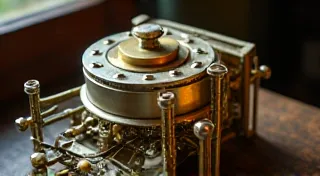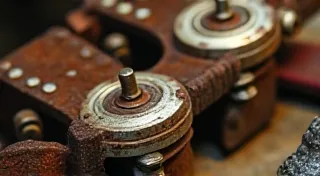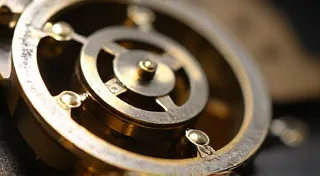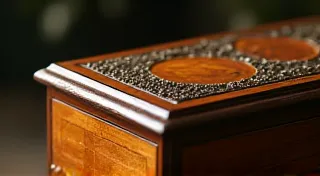Identifying Music Box Brands: A Historical Overview
Understanding the brand of your antique music box is a crucial first step in appreciating its history, value, and determining the correct approach to restoration. Music box production spanned multiple countries and decades, each manufacturer developing unique styles, movements, and markings. This article provides a historical overview of prominent music box brands, focusing on key identifiers to help you pinpoint your box's origin and approximate age.
The Swiss Legacy: Masters of Precision
Switzerland holds the undisputed title of the birthplace of the modern music box. The 19th century saw a flourishing of music box factories, driven by skilled craftsmanship and access to precision clockmaking techniques. Here are some of the most significant Swiss brands:
Reuge
Perhaps the most celebrated name in music box history, Reuge began in 1865. Known for their incredibly intricate movements and beautiful finishes, Reuge boxes are highly sought after. Look for the "Reuge" name, often accompanied by a shield or crest. Later models might include serial numbers.

Junod
Junod, founded in 1855, quickly gained recognition for their high-quality movements and ornate designs. They often used elaborate bellows and movement decoration. Markings frequently include "Junod" or "J. Junod" often alongside a star or a stylized “J”.
Théophile Rouitt (TR)
This company, operating from 1840 onwards, produced a wide variety of music boxes, some quite elaborate. Look for markings that include "T.R." or variations thereof.
Lecoultre & Keller (later Jaeger-LeCoultre)
While primarily known for their watches, Jaeger-LeCoultre also produced impressive music boxes, particularly in the later 19th century. Look for the Jaeger-LeCoultre name and markings similar to those found on their watches.
American Contributions: Innovation and Style
While Switzerland dominated the early years, the United States also developed a significant music box industry, particularly in the late 19th and early 20th centuries. American manufacturers often focused on larger, more robust mechanisms and often incorporated painted scenes or decorative elements.
Steinway & Sons
Famous for their pianos, Steinway & Sons also produced exquisite music boxes, often incorporating their piano-making expertise. These boxes are highly collectible and typically bear the Steinway & Sons name prominently.
Welch & Sons
Welch & Sons manufactured a broad range of novelty items, including music boxes. Look for markings indicating "Welch" or "Welch & Sons." These are often more modestly decorated than Swiss boxes.

Other Notable Manufacturers
Beyond these key players, many smaller workshops and factories contributed to the global music box landscape. Identifying these lesser-known brands can be more challenging, requiring careful examination of the movement and overall design.
Identifying Markings and Logos
Here are some general tips for identifying music box brands:
- Movement Markings: The movement is the heart of the music box and often bears the manufacturer's name.
- Case Markings: Look for stamps or engravings on the case, underside, or interior of the box.
- Patent Numbers: Patent markings can sometimes provide clues about the manufacturer and date of production.
- Overall Style and Design: Consider the materials used, the level of ornamentation, and the overall aesthetic. These features can help narrow down the possibilities.
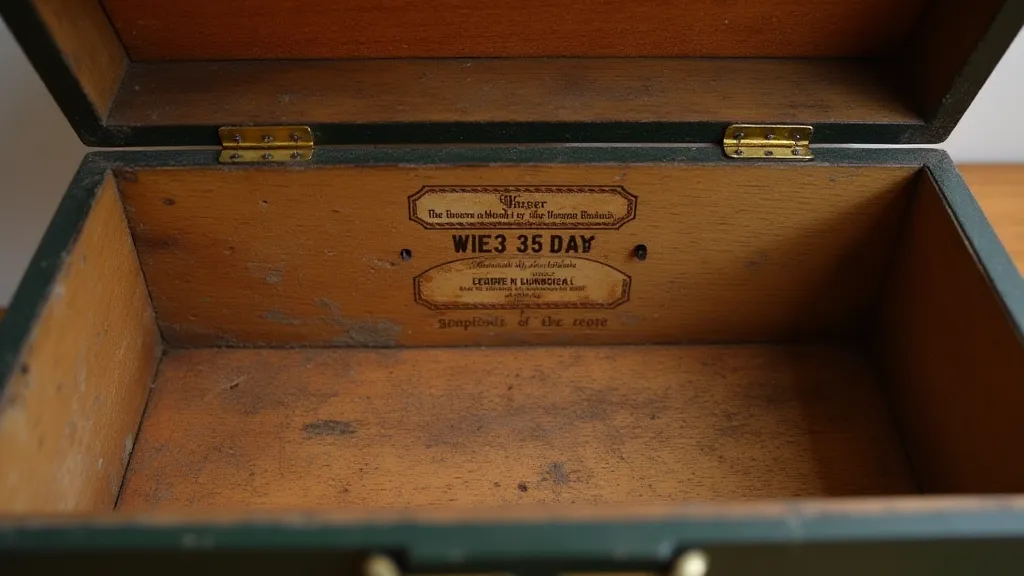
Conclusion
Identifying the brand of your antique music box requires careful observation and a bit of historical detective work. By understanding the key players in music box manufacturing and familiarizing yourself with common markings and design features, you can unlock a greater appreciation for the history and craftsmanship of your treasured music box.

